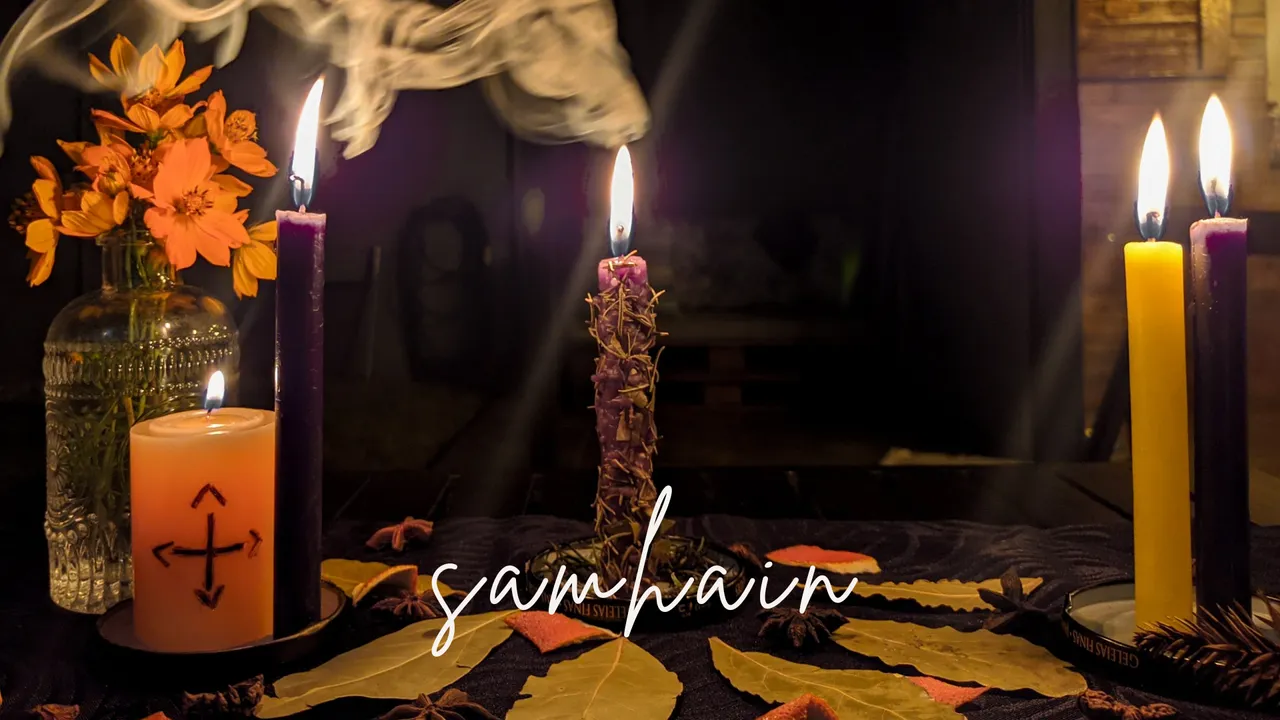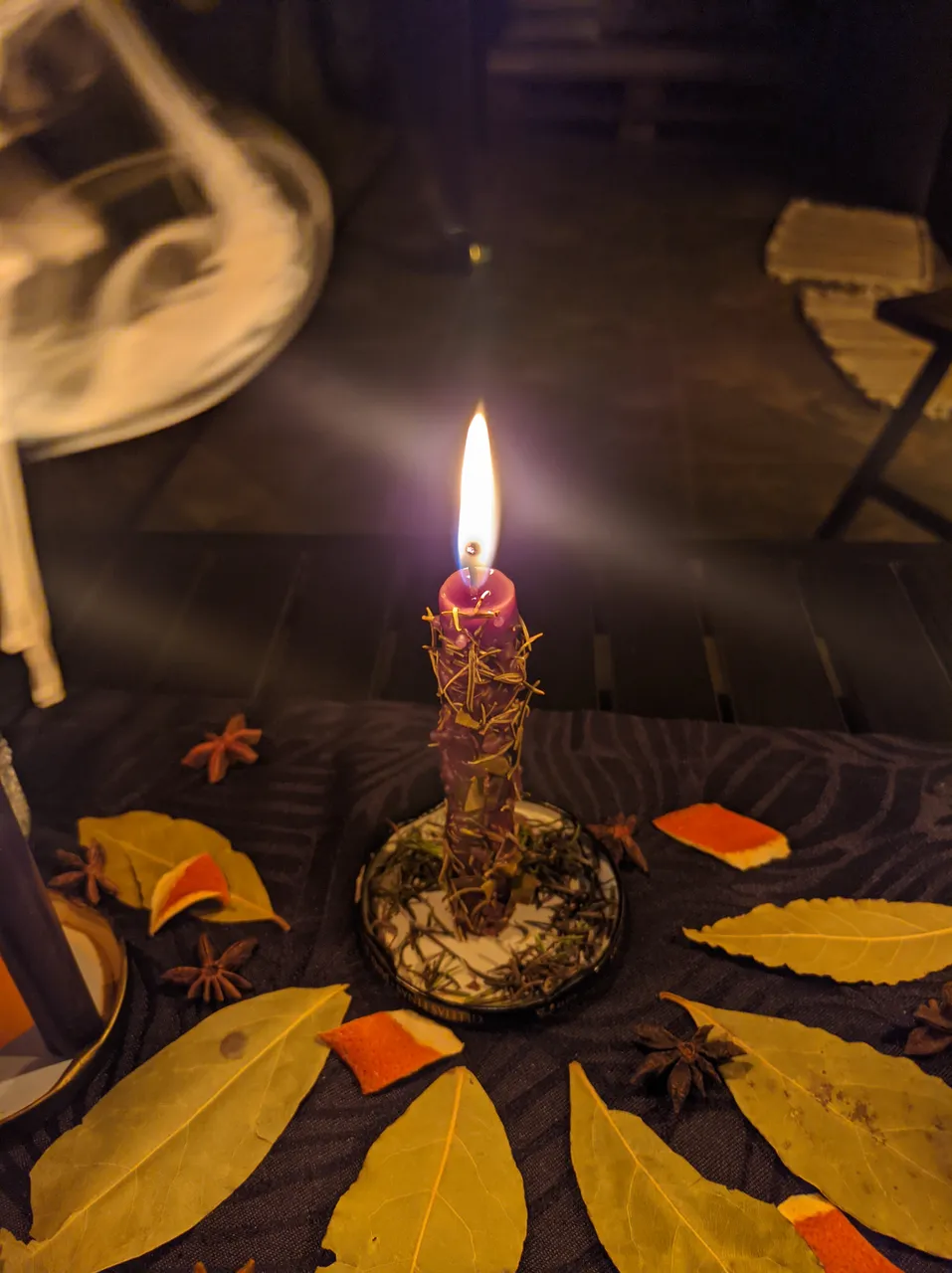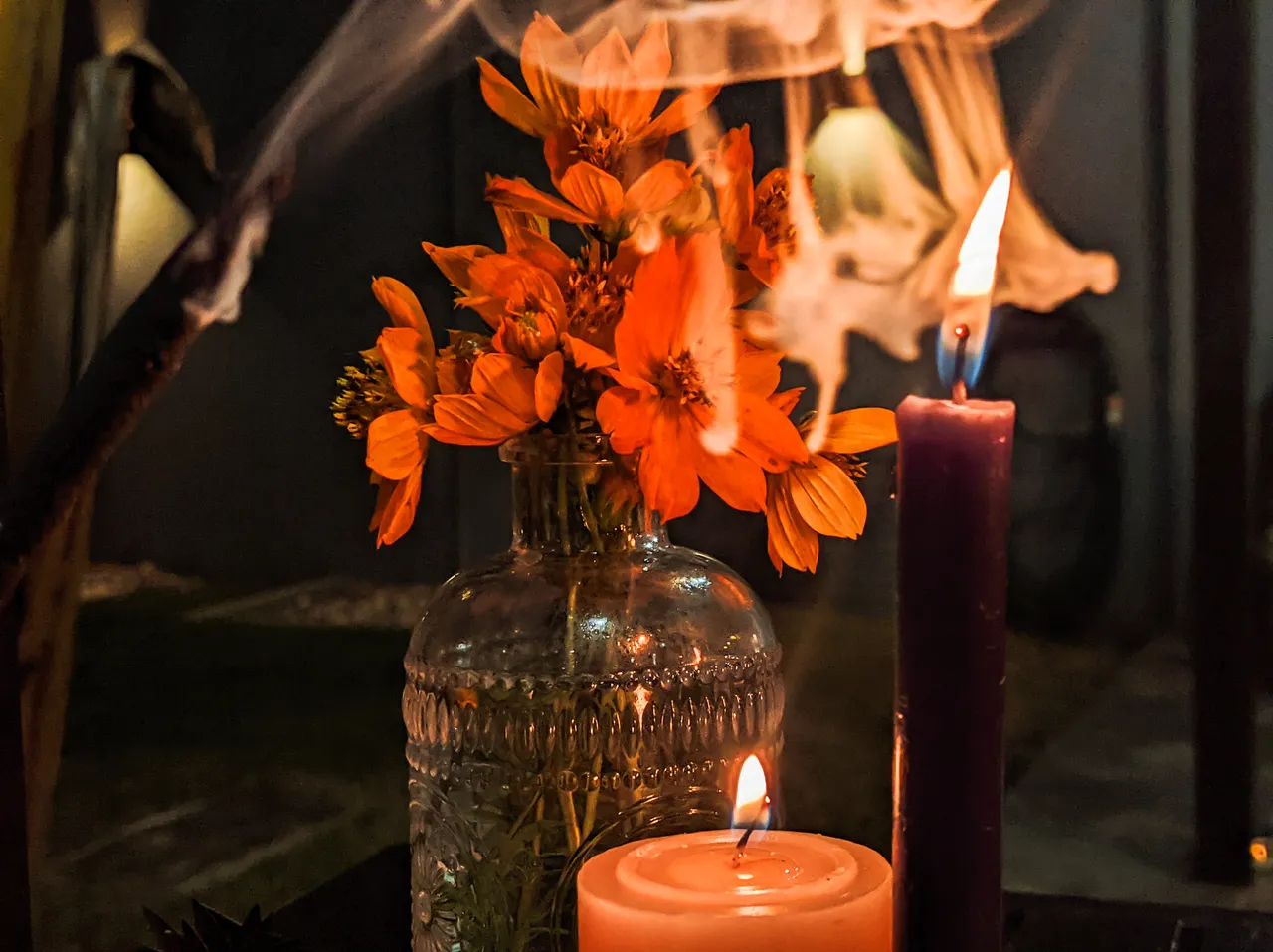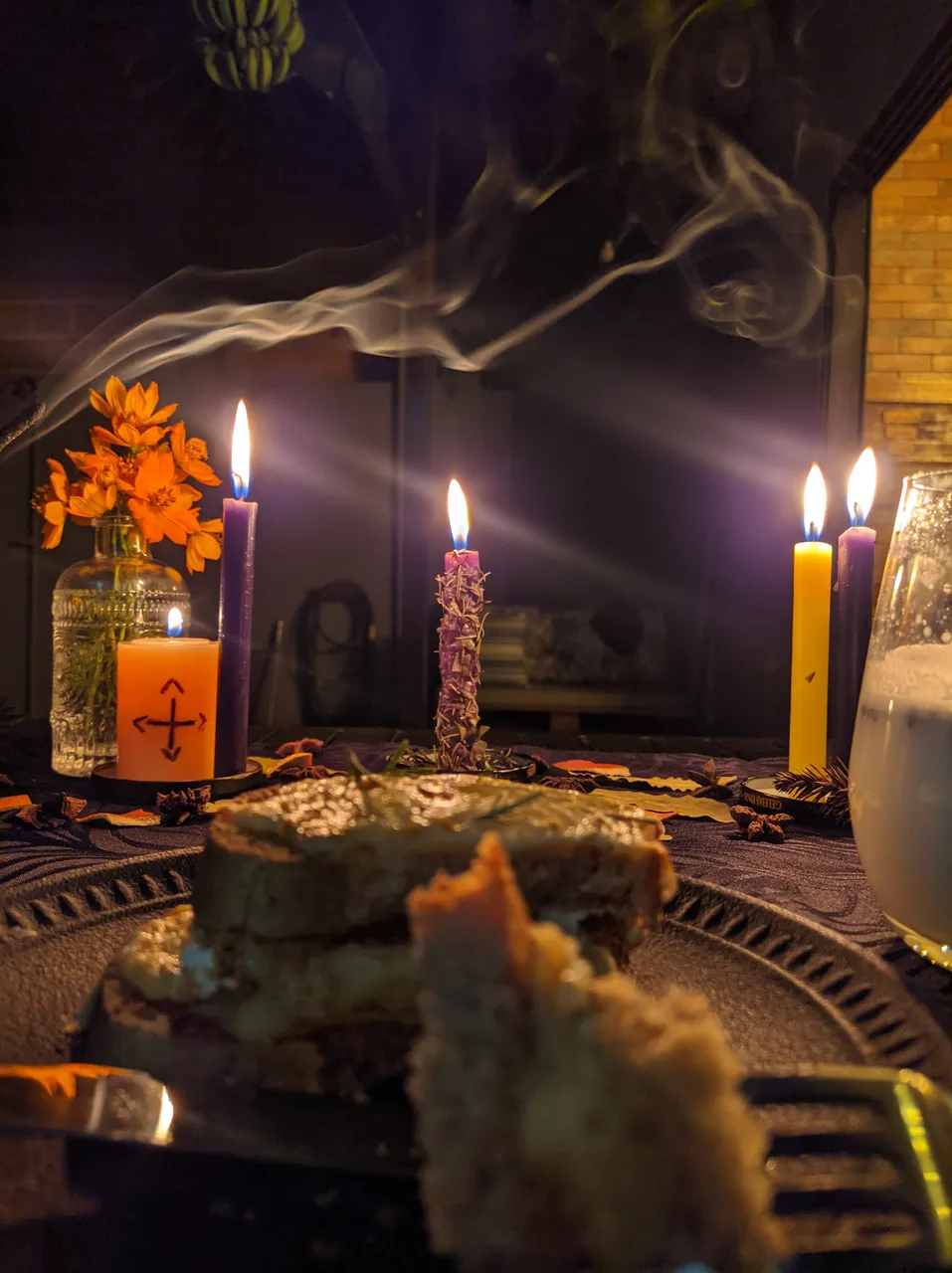
Hello Hive Community, today I came to talk a little about an ancient pagan celebration which gave rise to the well-known Halloween! 🎃 Celebrated between April 31st and May 2nd in the Southern Hemisphere and between October 31st and November 2nd in the Northern Hemisphere.
Samhain, also known as the Celtic New Year, represents the transition between the two seasons for the ancient pagan people, in this case the beginning of the cold and dark season, for these people who believed in several deities, During this period that lasts around three days, the world of the gods became visible to the naked eye. It was a time full of superstitions, some still known today, such as the use of ghost clothes to blend in among the spirits that roamed around.
To prepare for the harsh winter that was to come, the Celtic people had great feasts, often with sacrifices and offerings to the gods, asking for blessings during the colder season, the tradition was to eat the banquet in silence in honor of the ancestors, those who came before of us.

They understood that, just as nature 'died' for winter, man could also 'kill' old behaviors so that new ones could emerge and, in this way, to evolve. And I believe this is a good teaching for all of us!

Now for the symbols that we still see today during Halloween, pumpkin lanterns, for example, were previously made from turnips and potatoes in order to ward off bad spirits who wandered during the period of Samhain. Witches' hats, with their long, pointed tip, were worn by the elderly during this period, because it was believed that this tip linked the human to the divine, bringing mental clarity and messages brought by the gods themselves.

For that day I decided to make a meal, along with some symbols and colors typical of this festival, along with a prayer to my ancestors.
[PT-BR]
Olá Comunidade Hive, hoje vim falar um pouco sobre uma antiga celebração pagã que deu origem ao tão conhecido Halloween! 🎃 Comemorado entre 31 de abril e 2 de maio no Hemisfério Sul e entre 31 de outubro e 2 de novembro no Hemisfério Norte.
Samhain, também conhecido como Ano Novo Celta, representa a transição entre as duas estações para os antigos povos pagãos, neste caso o início da estação fria e escura, para estas pessoas que acreditavam em diversas divindades, durante este período que dura cerca de três dias, o mundo dos deuses tornou-se visível a olho nu. Foi uma época cheia de superstições, algumas ainda hoje conhecidas, como o uso de roupas de fantasmas para se misturar aos espíritos que circulavam.
Para se preparar para o inverno rigoroso que estava por vir, o povo celta fazia grandes festas, muitas vezes com sacrifícios e oferendas aos deuses, pedindo bênçãos durante a estação mais fria, a tradição era comer o banquete em silêncio em homenagem aos antepassados, aqueles que vieram antes de nós. Eles entenderam que, assim como a natureza ‘morreu’ para o inverno, o homem também poderia ‘matar’ velhos comportamentos para que novos pudessem surgir e, desta forma, evoluir. E acredito que este seja um bom ensinamento para todos nós!
Já para os símbolos que ainda vemos hoje durante o Halloween, as lanternas de abóbora, por exemplo, antes eram feitas de nabos e batatas para afastar os maus espíritos que vagavam durante o período do Samhain. Os chapéus de bruxa, com ponta longa e pontiaguda, eram usados pelos idosos nesse período, pois se acreditava que essa ponta ligava o humano ao divino, trazendo clareza mental e mensagens trazidas pelos próprios deuses.
Para esse dia decidi fazer uma refeição, juntamente com alguns símbolos e cores típicas desta festa, juntamente com uma oração aos meus antepassados.